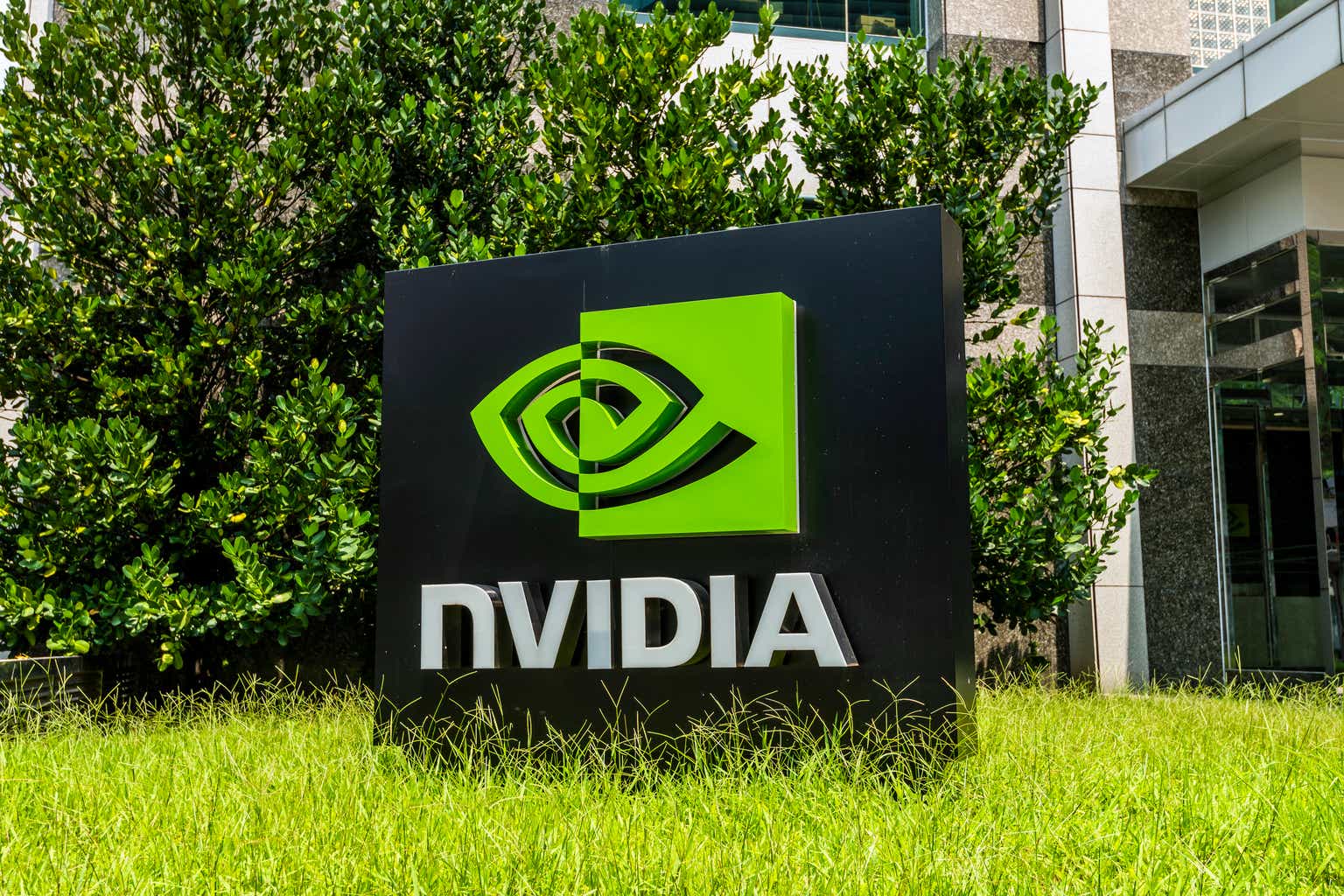The rise of the chief AI officer should be no surprise. The position is simply the latest in a long line of roles that businesses have added to the C-Suite over the years to signal to the market that they’re on top of the newest shiny object. And AI, of course, is the shiniest new object.
It’s a familiar pattern — a hot new thing is introduced to the industry, as is a new C-Suite exec to tackle it, only for a few years to go by and that role to no longer exist as either everyone is now implementing the hot new thing into their work or that hot new thing turned out to be to just be a fad. Does it make sense for businesses to continue to appoint new czars with every new trend?
“It’s human nature to want to keep up with the Joneses, to be a little lemon-like,” said Stacie Boney, president of Milwaukee-based ad agency Hanson Dodge. “In a business where trends are critical and following trends is critical, we’re probably even more prone to it in marketing and advertising.”
If every other agency or brand is adding a position, it could look like your agency or brand is somehow behind the times if you’re not doing the same thing. If you’re not keeping up, that could have an impact on how your agency is viewed by clients or how your business is viewed by the stock market.
Companies like Accenture and Claritas have already appointed chief AI officers, and they aren’t alone. The U.S. government is also making the role a priority. Last month, The White House ordered federal agencies to appoint chief AI officers. That push comes after the Justice Department already tapped a chief AI officer in February. It’s unclear how many chief AI officers there are currently, but the number of “head of AI” positions has tripled over the last five years and since December 2022 has increased by 13%, according to data from LinkedIn’s Future of Work report from November 2023.
“There are titles that are signals inside the company and outside the company that are saying, ‘This is actually a point of transformation for us,’” said Thom Wyatt, global client leader at Siegel+Gale, a global brand experience firm. “There are so many factors coming at companies and they need to adapt to move forward.”
While the signal approach may be logical, appointing one person to be charged with the responsibilities of the latest trend can in some ways work against companies. Rather than having everyone try to understand the latest fad, there can be a sense that doing so is all on just that one person when there’s an associated appointment to the C-Suite.
“We are a business filled with curious-minded people who love the challenge and inspiration that comes with the ‘next shiny object,’” said Gati Desai Curtis, president of ad agency Elite Media. “By creating czars, you actually take away that natural curiosity and inspiration from the rest of the people.”
She continued: “Activation of these new concepts relies on collaboration, ideation and building on each other’s ideas. When that knowledge and accountability rests with one person, you strip away all the goodness of how to make it something interesting, relevant and special for brands and consumers.”
How a czar works within an organization will depend on each organization, of course, but often they’re charged with figuring out how their specific organization will implement the hot new thing, experimenting with it and defining what it will do for the organization. In some cases, that can lead different teams to operate in silos.
“A great czar will of course try and ingrain something like AI in all the right places,” said Lachlan Badenoch, chief strategy officer at ad agency Carmichael Lynch.
“But the takeaway for everyone else is often that it’s ‘someone else’s job,’ and that someone is chasing splashy quick wins to tout rather than deep and meaningful integration into your day-to-day work,” he added. “Championing new technologies or opportunities is great, the true opportunity for something like AI is across the board, to be broad as well as deep in places, and not a silo that is someone else’s job.”
Despite the potential issues that come with this czar culture, such as short tenures for those appointed and perpetuating the idea that managing the hottest new trend is someone else’s responsibility, some see it as necessary to make sure organizations are keeping track of how the latest thing is being integrated into their businesses and ensure they’re avoiding missteps.
“We must learn from the lessons learned of the past, take those lessons learned and apply them right now before this gets too far down the track,” Nick Primola, group evp of the ANA’s Global CMO Growth Council, said when asked about AI czars and their potential use cases. “How do we ensure that we are not just minimizing but eliminating the possibility of biases? Ensure that we are not just minimizing but not participating in anything that erodes trust in institutions, erodes trust in our brands?”
Whether or not the chief AI officer will be able to provide that kind of protection from potential missteps is yet to be seen.
The chief AI officer is far from the only czar position that’s been adopted quickly as something shiny and new catches businesses’ attention. The recent adoption (and seeming dissolution) of the chief metaverse officer is another example. Chief digital officers are yet another. Some expect the chief privacy officer to go a similar route.
At least one first-mover in implementing the chief AI officer role recognizes the likelihood of the position having a short tenure as AI is integrated across the company. Last summer, Coca-Cola tapped Pratik Thakar as its senior director of generative AI. In September, Thakar told Digiday he views the role as similar to that of the chief digital officer in that it is unlikely to have true longevity.
“Right now, you need someone to champion it and focus, but I think in the near future you won’t require an AI person,” Thaker said at the time.










